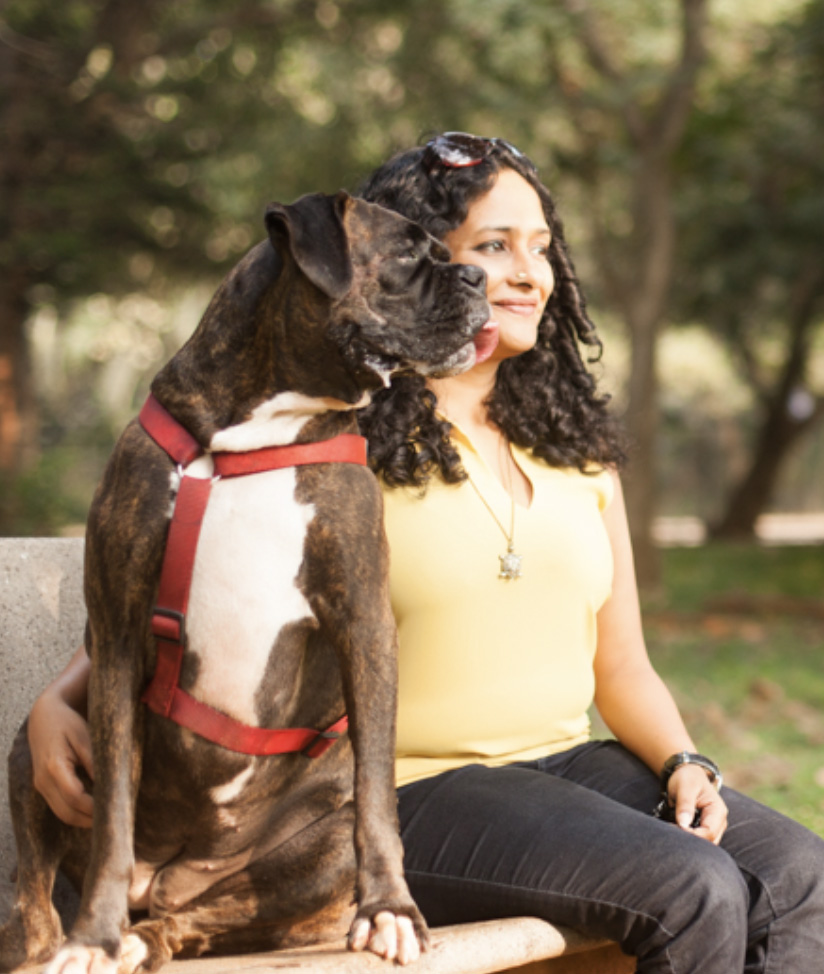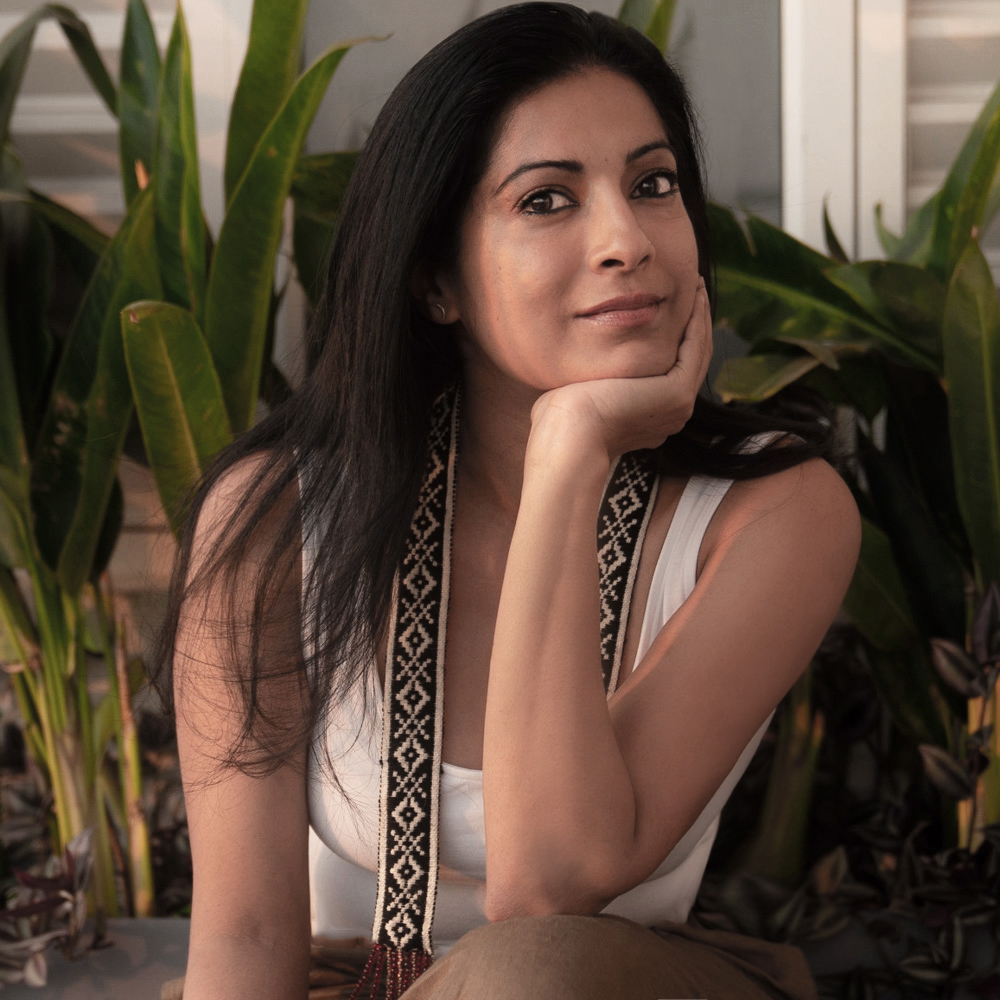A World in Every Whiff: The Dog’s Olfactory Journey with Sindhoor Pangal
The sense of smell, a silent yet profound orchestrator of perception, is vastly different across species. Where we humans discern our world with about 6 million olfactory receptors, dogs, notably breeds like Beagles, possess a staggering 300 million. In this vast chasm lies the testament to the unparalleled sensory depth and richness our canine companions experience, a world beyond our own comprehension.
It’s within this context that the following excerpt from Sindhoor Pangal’s book “Dog Knows” becomes a must-read. Sindhoor sheds light on the pivotal role smell plays in a dog’s life, providing dog parents with practical advice like “sniffaris” and “enrichment buckets” for sensory stimulation. Given the richness of this topic, the full book is highly recommended for anyone wishing to explore deeper layers of their pet’s sensory experiences.
Excerpt from Chapter 5, “Unlearning,” in “Dog Knows” by Sindhoor Pangal, 2021. Published by HarperCollins India.
Enrichment for Dogs
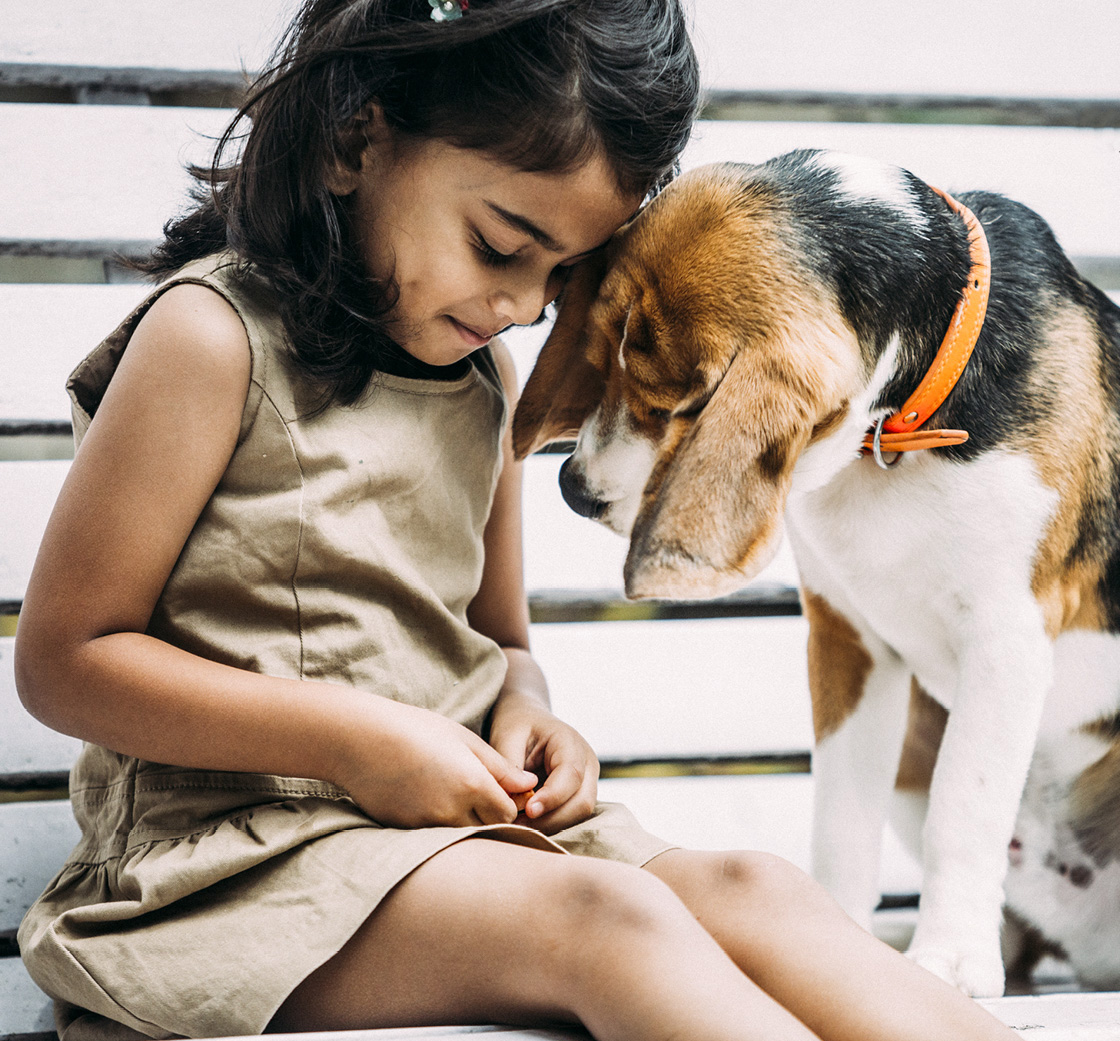
Of all the senses of a dog, the sense of smell is what needs the most attention. They have an incredibly powerful nose. The percentage of a dog’s brain involved in processing olfactory input is around forty times greater than that in humans. While humans have 6 million olfactory receptor sites, dogs have up to 200 million. The number goes up even higher to 300 million in scent hounds such as Beagles.
Anne Lill Kvam, in her book The Canine Kingdom of Scent, offers an interesting anecdote just to put this into perspective: ‘As humans, we may be able to smell sugar in our coffee if several spoons were added. A normal dog, on the other hand, would be able to sniff out one spoon of sugar in two Olympic-sized swimming pools.’ While we have a single olfactory organ (nose), dogs have two (nose and the vomeronasal organ in the upper palette). When we think about the magnitude of this ability, it makes us wonder if we are anywhere close to stimulating a dog enough on this front. Streeties, of course, have a lot to sniff. They live in a very interesting landscape. Unfortunately, our dogs don’t have access to such a variety of smells. Whatever odours we may have in our houses we seem to systematically get rid of with cleaning agents and detergents every morning. While we do take our dogs out on walks, we don’t always provide them with enough opportunities to sniff. We walk them rapidly on busy streets where they find it difficult to slow down and explore the environment calmly.
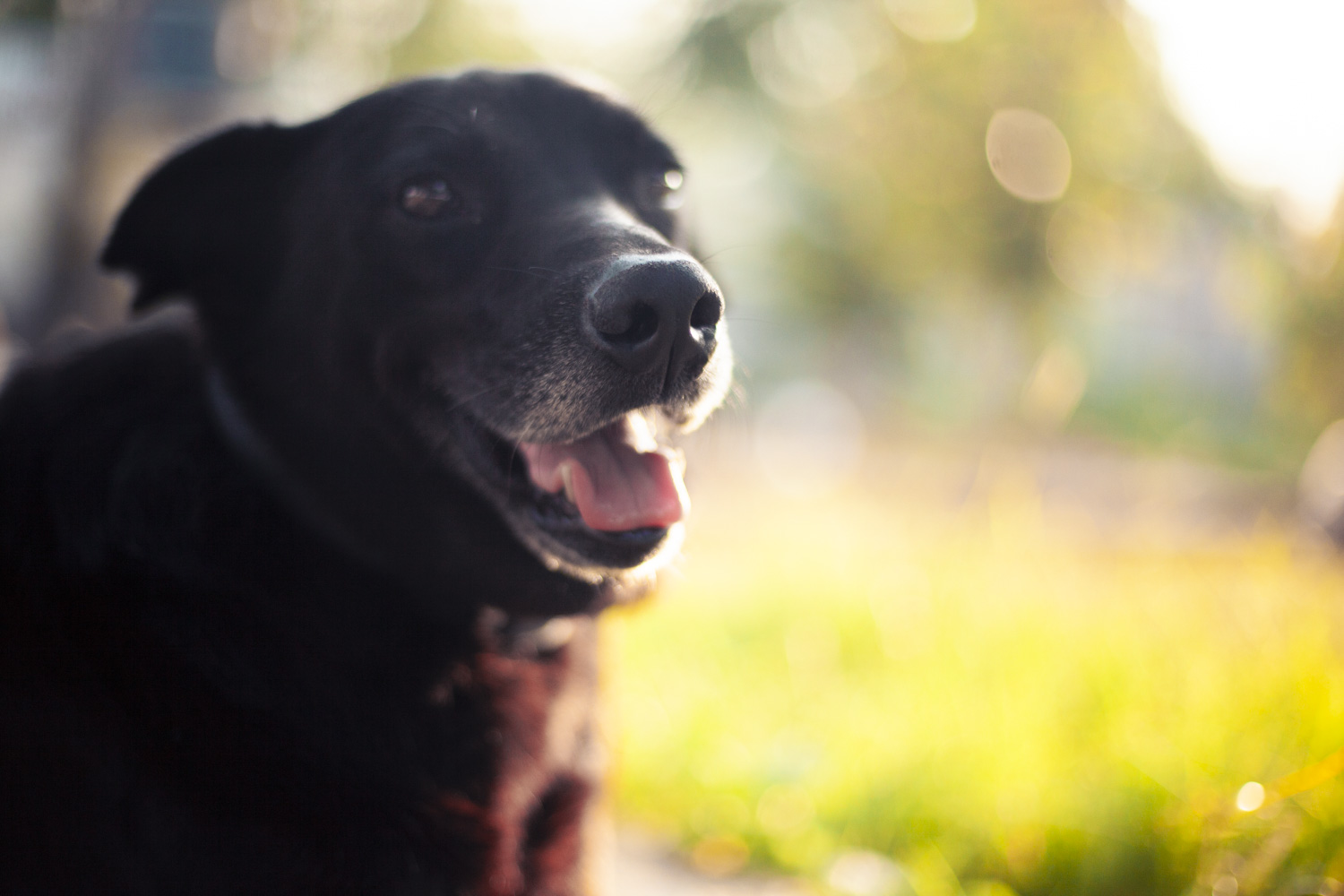
I loved the barn in Bad Wimpfen. But when I came back to India, I realized that this idea was not meant for us. Neither do we have large spaces like barns, nor do we really need them. Our roads are plenty enriching, as long as we figure out a way to moderate the stimulation and provide our dogs with an environment that does not overwhelm them.
Another alternative to the enriched environment in the barn is an ‘enrichment bucket’. An enrichment bucket is a collection of interesting odds and ends found lying all around the house. There is really no limit on all the things I can put in there. My dogs love exploring boxes, bottles, old clothes, old gadgets … you name it. I also try to look for things outside the house, such as branches, pods and feathers, and add them to the bucket. However, we must remember that dogs are neophiles and need something new each time. We could use a few little tricks to get them excited about our enrichment bucket. My first trick is to not leave the bucket around them all the time. I bring out the bucket only once a day for an hour, express a lot of excitement when bringing it out, put it all away once the activity is done. I recreate that same atmosphere of excitement the next time I bring it out. The second trick I use is to make sure to put something new in it every day, so they have something new to find each time. I work with objects that offer different smells, textures, tastes and sounds. Some might roll, while others might create a scratching sound when on the ground. They are all learning experiences for the dogs. My final trick is to cut up small pieces of tempting food and scatter it around the enrichment area. If I am dealing with multiple dogs, I set up multiple stations to give them some choice and space. Once I have set it up this way, which does not take me more than a minute, I let them handle things on their own and do not interfere in their process of exploring. I wait for them to entirely lose interest to pick up the objects and put them away.
The Internet is a great resource to find DIY puzzles to create for your dogs. Some of them are very innovative, while some can cause injuries in dogs or can get them very hyper. It is important for you to use your judgement and try to pick games where dogs have to think more, rather than senselessly try to chase after things. In the recommended reading list, I have included a fantastic book on scent games.
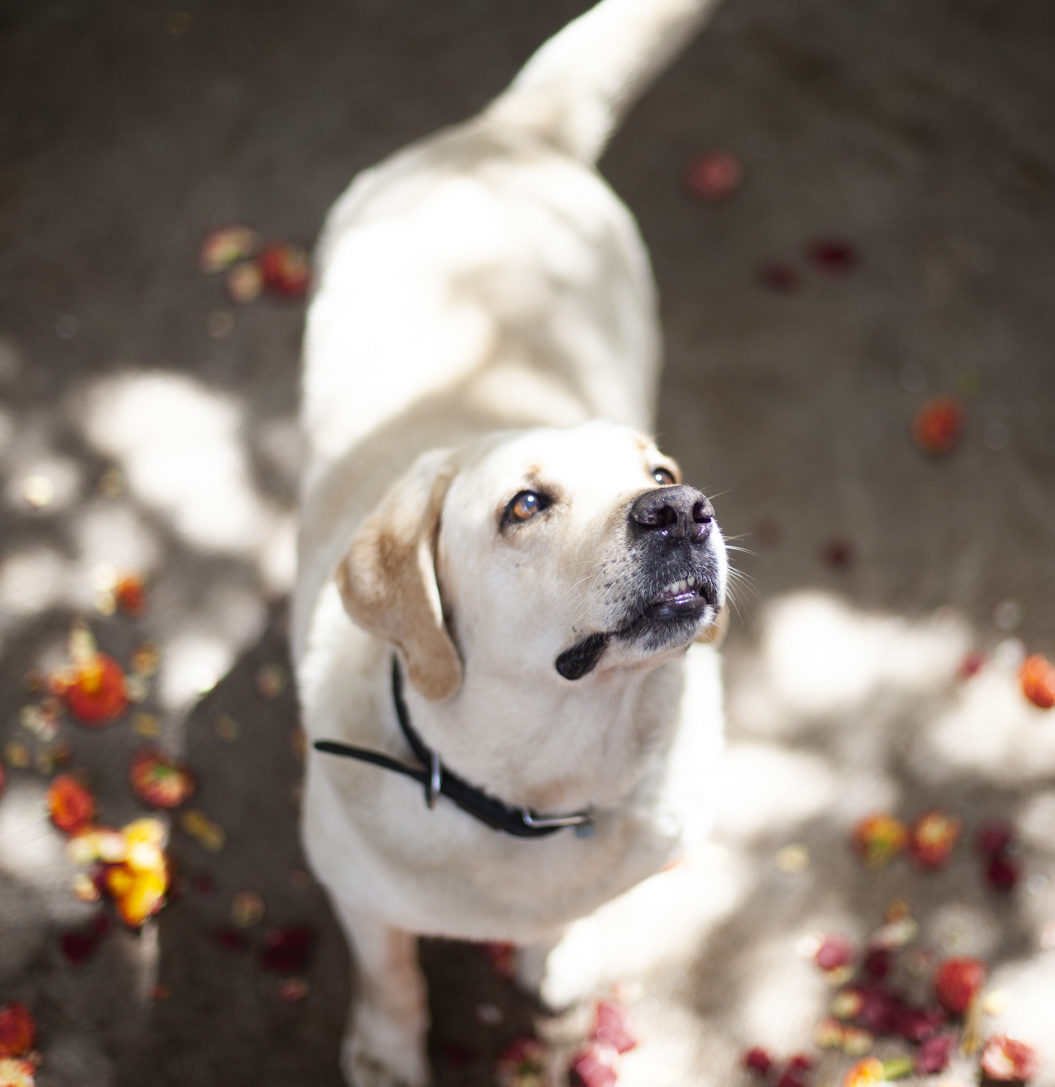
Out of all the tools in my tool belt,
I find the most effective one to be explorations or sniffaris.
Our usual walks were just not working. My dogs would get far too stressed or excited, which made them pull. This, in turn, made them more hyper, stressing me out and straining our relationship. It was becoming a chore that no one looked forward to. Instead, what we do now is go on sniffaris. The dogs are taken to their designated pee and poop area, where they are comfortable relieving themselves. This is decoupled from their exploration time. The sniffari is done in different, interesting places that offer a somewhat relaxed space for dogs to sniff. A parking lot late at night can be fun, where vehicles tend to have a lot of smells of different dogs that have peed on them throughout the day. Sometimes, we drive out to a quiet street early in the morning or find a site for sale that might have been cleared. It could be an abandoned ground or a construction site. Parking lots of bars tend to be empty during mornings. Once you start looking, you will see the options. Since dogs can gather so much information from just one little spot, they don’t need much space, especially in a country like India.
When a dog actually smells another animal’s poop, they are not doing something disgusting. They are simply gathering critical social information. A dog who smells another dog’s poop or pee is able to determine things like the other dog’s age, gender and health; whether the dog is on heat or not; what the dog might have eaten; when the dog might have passed by this spot; which direction the dog came from; which direction the dog went; and even who accompanied the dog. If a dog is gathering all that information from just one piece of poop, you can imagine what a dog gathers on a ten- to fifteen-minute intense sniffing exploration of a small piece of land. When a dog’s brain is engaged so intensely, they cannot sustain it for too long. They become quite exhausted, and when they return home, they need to sleep for long hours.
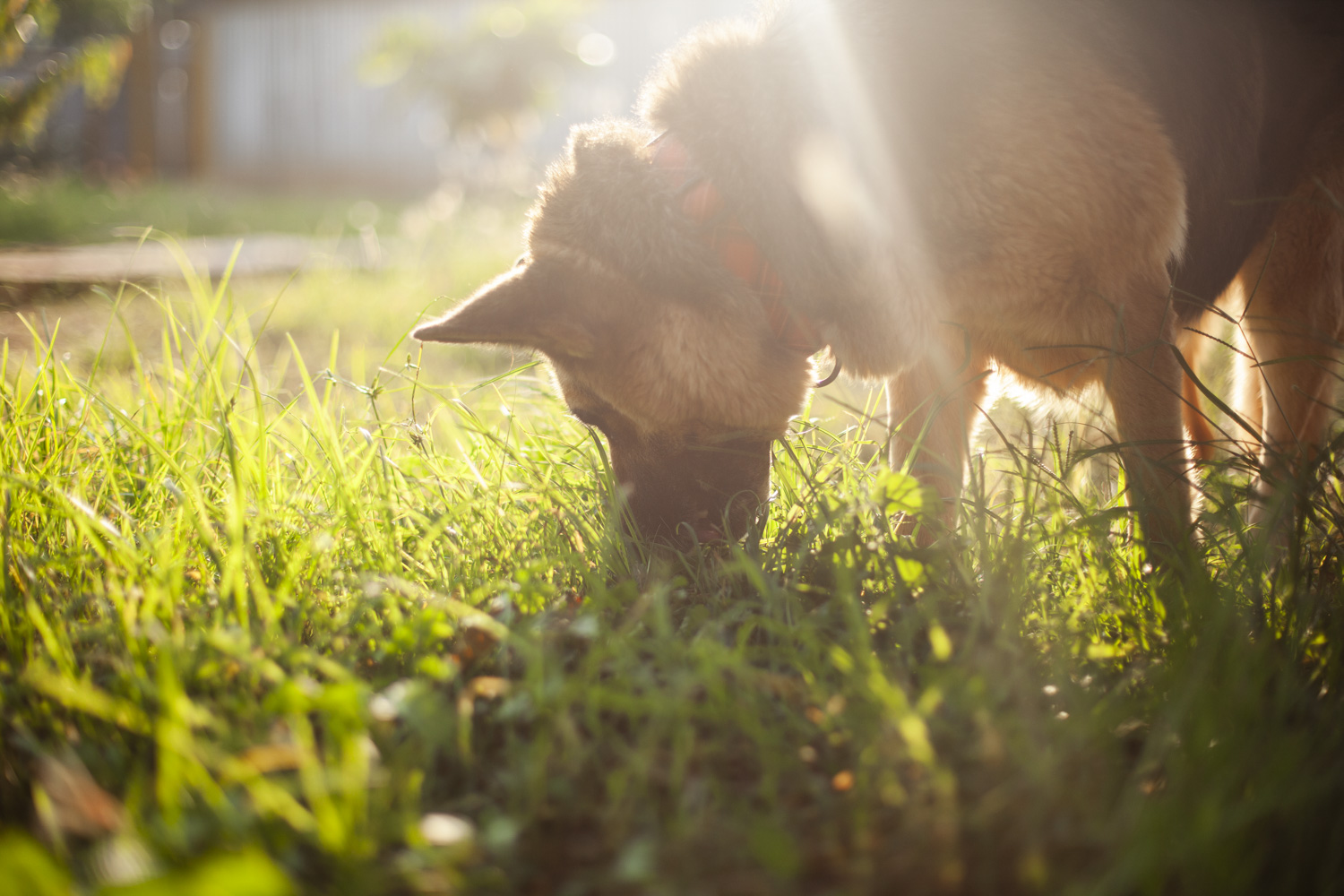
Jaak Panksepp says that ‘seeking’ is one of the primary emotions that all mammals feel. Seeking triggers joy in the brain. This emotion is said to be brought about by things such as curiosity, anticipation, interest and problem-solving. Basically, it feels good to be interested in what is going on around us. This is what Dr Sapolsky calls ‘being high on life’. This does not mean that one has to be hyper-aware—just curious and interested. Curiosity can be a good barometer for mental health and is also one of the many great assets of a dog. Therefore, curiosity must be nurtured and adequately stimulated to maintain a good level of mental and physical well-being in our dogs, and perhaps in most animals.
